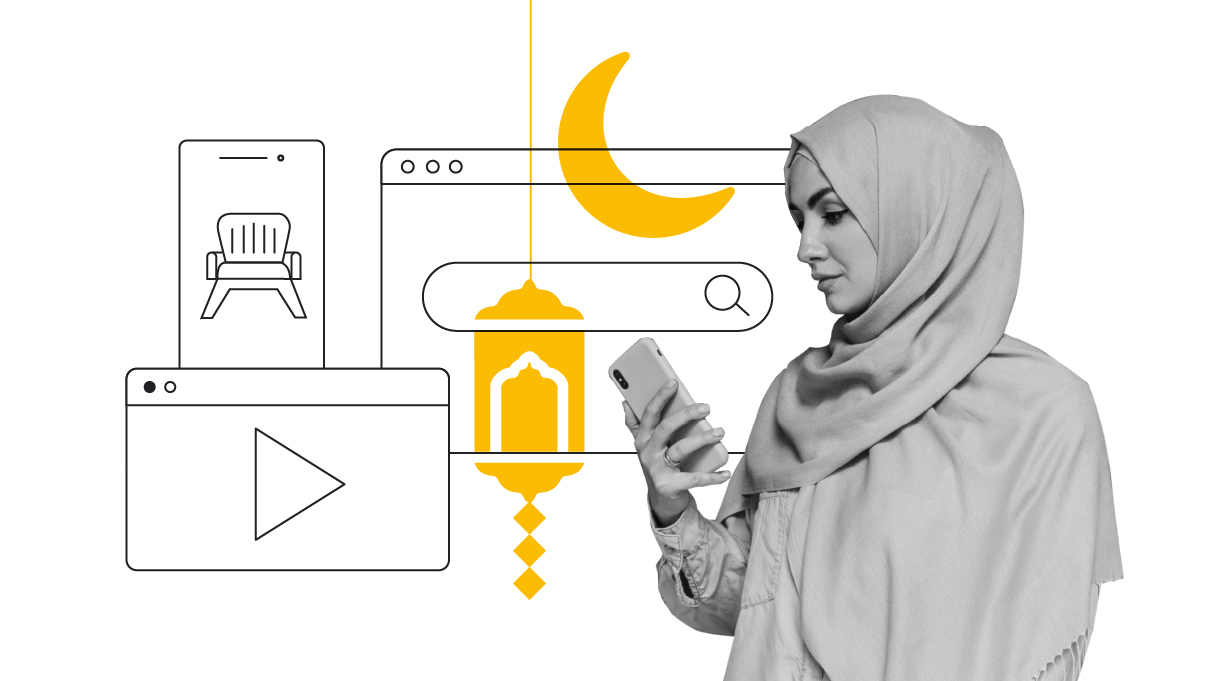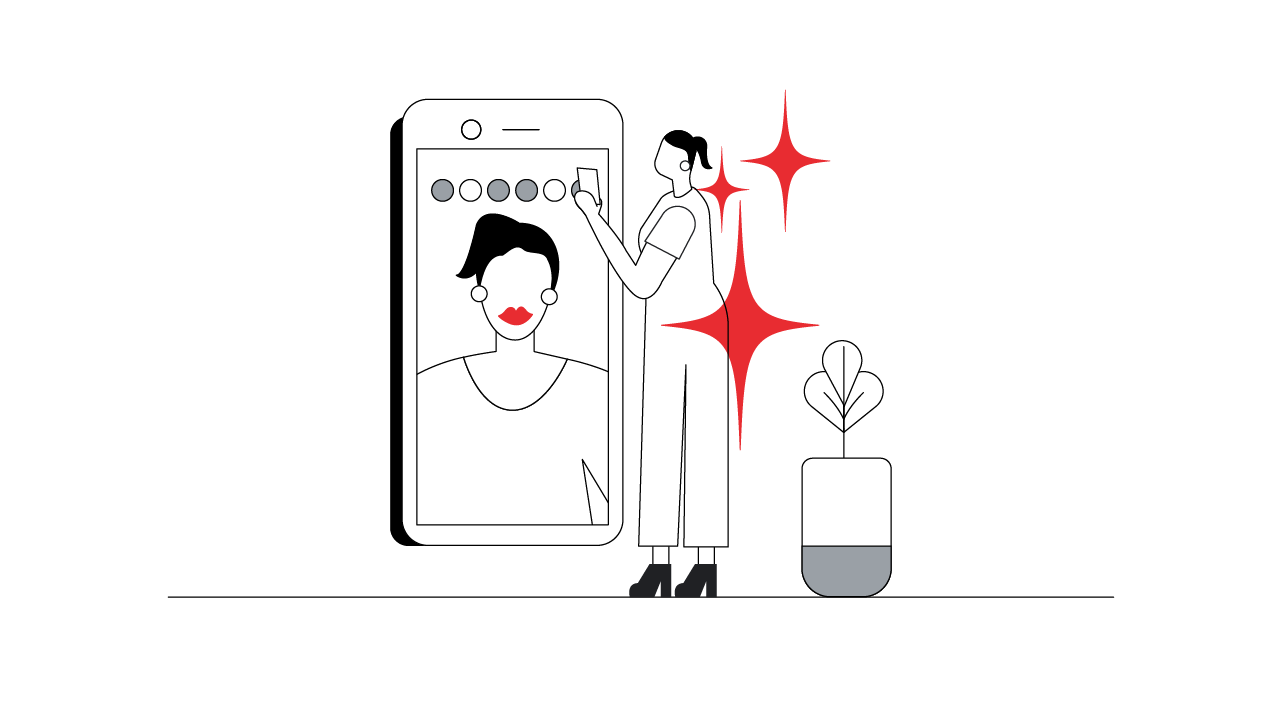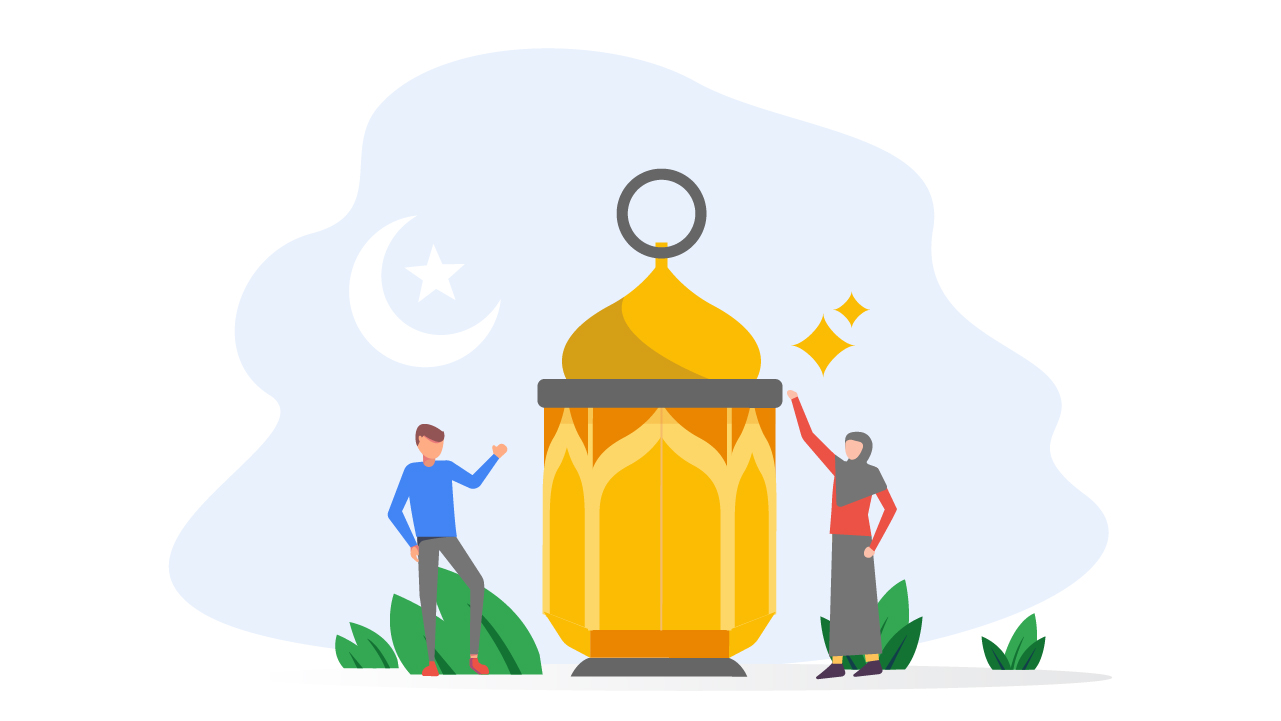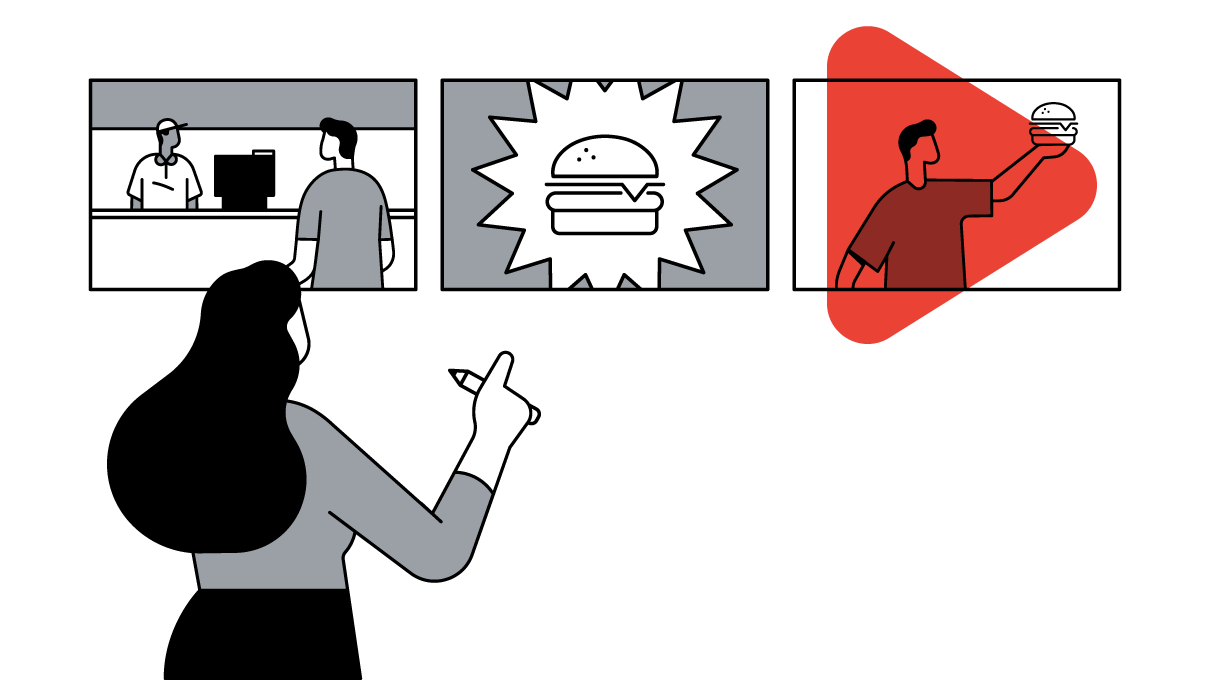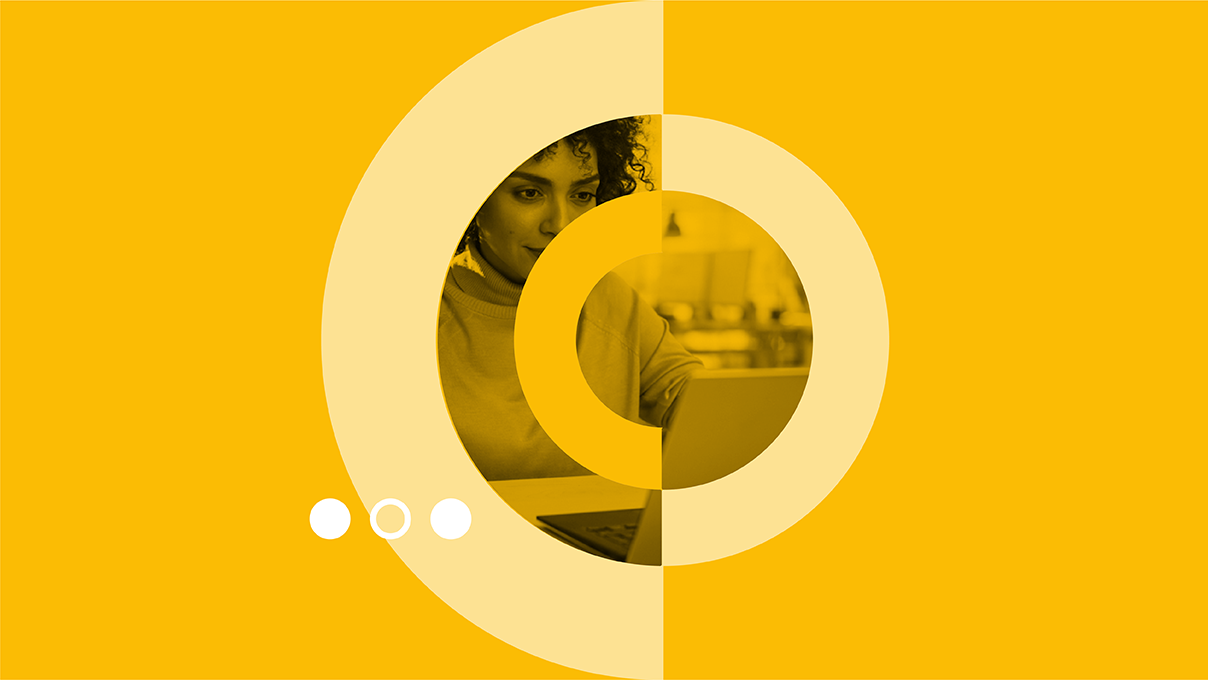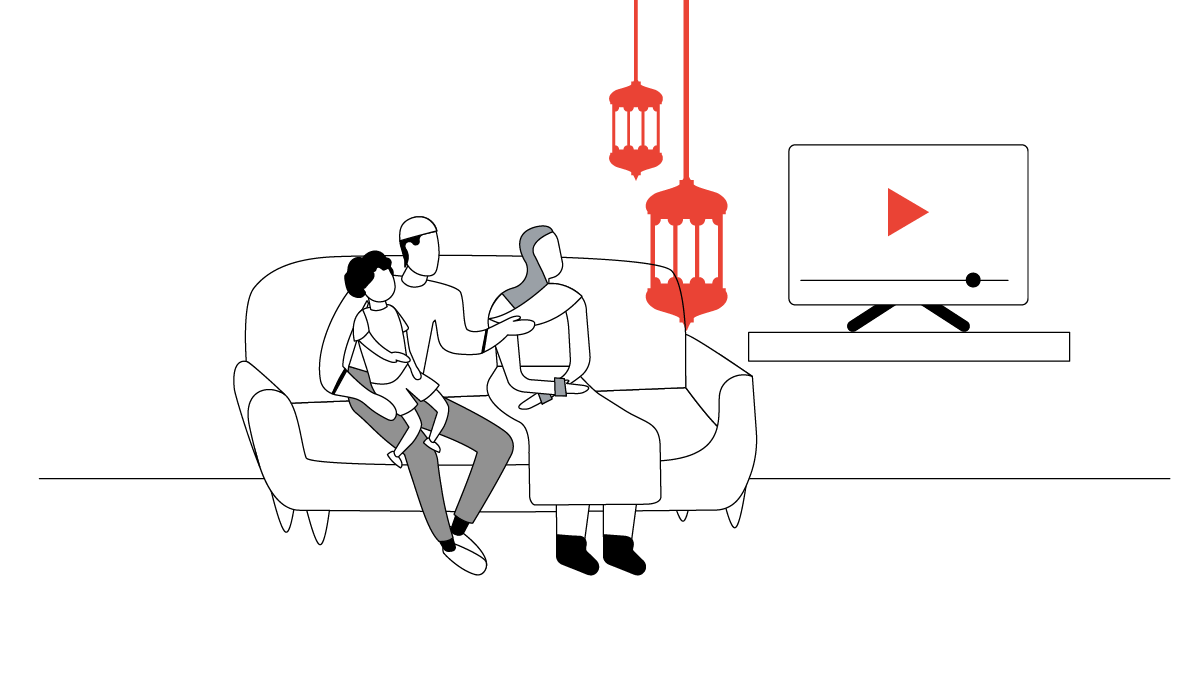
As people ramp up their content consumption during Ramadan in the Middle East and North Africa (MENA), marketers have an opportunity to connect more deeply with consumers.
YouTube is a great place to do just that, being the top platform choice for regional consumers watching video content.1
If you’re looking to build brand association and nurture long-lasting relationships with customers this holy month, you need to ensure your video content owns the moment:
1. Understand and align with people’s values this Ramadan
During Ramadan, people want to connect with values they associate with this time of year. For example, 83% of people look forward to finding spiritual inspiration, which forms part of the more traditional values people relate to.2
However, emerging values — like wellbeing and sustainability — are taking precedence too, with 83% of regional consumers being more interested in eco-friendly products.
People’s values coincide with the three distinct phases of the holy month — fasting, iftar, and post-iftar. And this then informs the types of video content they consume during those times:
- Fasting is a time of self-reflection when people focus on content that they personally enjoy, like short-form videos on self-care and spirituality.
- Iftar — when people break their fast — is oriented around family and connection. Content is more cross-generational, featuring longer series that the family can watch together.
- After iftar it is about interacting with friends and the wider community. During this time, co-viewing moments come into play, with people enjoying entertaining content that they can watch together. For example satirical comedy.
Regional consumers consider YouTube their main window to the world during Ramadan. In fact, 53% of viewers in MENA say the platform enables them to find the exact content they want at any moment, ranking significantly higher than TV.3
This gives brands an ideal opportunity to build stronger associations and connect with consumers through video marketing. However, to ensure their content is contextually relevant, brands must decide which Ramadan values — traditional or emerging — they want to connect to, bearing in mind the pros and cons of each.
Traditional values are stable and tested over time, but because the audience may expect them, they could feel overdone. If your brand decides to tie its content to a traditional value, it needs to ensure consistency over the long term.
Automotive brand Tata Motors is great at this. Year after year, they produce consistent stories linking their brand to Ramadan values like generosity and togetherness. Both their 2021 Ramadan ad and their 2023 Ramadan ad, below, tie into these values without feeling repetitive:
On the other hand, tapping into emerging values may be an opportunity as that advertising space is unclaimed, but they haven’t been tested yet. That means you can’t predict how audiences will react. Should your brand choose an emerging value, you need to ensure your brand connection is strong enough to make it stick.
Here’s an example of an ad from dairy company Almarai, in which they talk about sustainability during Ramadan. The brand’s connection to this emerging value makes sense because food wastage is a massive challenge during the holy month.
Top takeaway: Connect with people’s values through collaboration
Accelerate brand associations during Ramadan by collaborating with creators who already have deep connections with audiences. Thanks to their in-depth content knowledge, they may also be able to provide insightful advice around which values your brand will best connect to. Whether you’re working with a creator or producing your own long-form content, remember to follow YouTube’s ABCD video ad best practices. These can help brands improve their chances of short-term sales likelihood, and lift long-term brand contribution.
2. Bring in a personal touch during the holy month
During Ramadan, people prioritise their personal wants and needs. Ninety three per cent of regional consumers look forward to spending time with family, 91% to cooking at home, and 73% to donating to charity.4

Understanding this gives brands the chance to connect deeper with consumers through content that reflects those more personal preferences. However, there is a trick to getting personalised content right.
Brands must go beyond just being contextually relevant and ensure they’re situationally relevant too. That means not only tapping into what people are interested in watching around the holy month, but also paying attention to when they’re watching it.
For Ramadan this year, tea brand Lipton created a personalised multi-asset campaign based on data that took people’s Ramadan-specific interests into account. In this case that meant a focus on desserts, the most popular series of the season, and suhoor — the meal eaten before fasting begins. They also reached people at specific moments, like when they gathered after iftar, while watching their favourite series, and during suhoor.
This made the ads not just contextually relevant, but also situationally relevant. And the results speak for themselves: they reached 6 million people on YouTube, with videos garnering a total of 19 million views. Additionally, they saw an 8.4% uplift in brand recall.
Watch Lipton’s campaign in detail:
While it’s easier to opt for a more obvious content choice — like food or cooking, which still take a large share of the Saudi Arabian audience’s interest at 63% and 59% respectively — one of the best ways to personalise your ads is by referencing unexpected Ramadan topics. For example, DIY, gaming, and outdoor activities have similar levels of interest but are less explored in video ads.5
Top takeaway: Tap into multi-format with your personal ads
Real people consume your video content under various circumstances and moments. To maximise the impact of your campaign, make sure your ads are not just relevant and personalised, but also multi-format. Google’s video AI tools, like Ads Creative Studio and YouTube Create, can help you automatically personalise and enhance content at scale using a handful of videos, images, text, and brand attributes. They can also help you create different ad formats and assets at scale, ensuring you reach people whenever and on whatever screen they’re watching.
Looking for more Ramadan inspiration? Discover three easy-to-action marketing tips to help your ads stand out, uncover the top three video trends likely to shape this year’s Ramadan content, read how a Saudi charity used AI to raise millions of dollars for orphans, and understand how Christian Dior Parfums used augmented reality ads to reach more than 4 million people over Eid.
